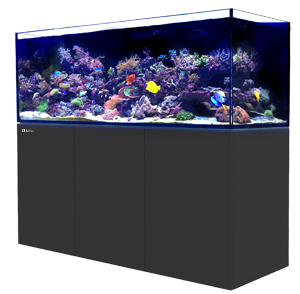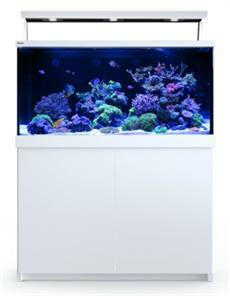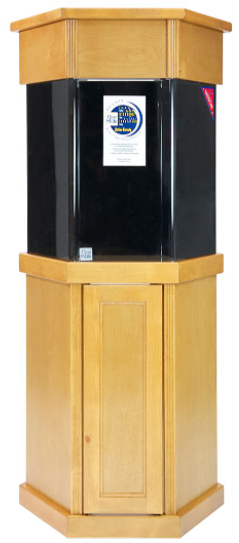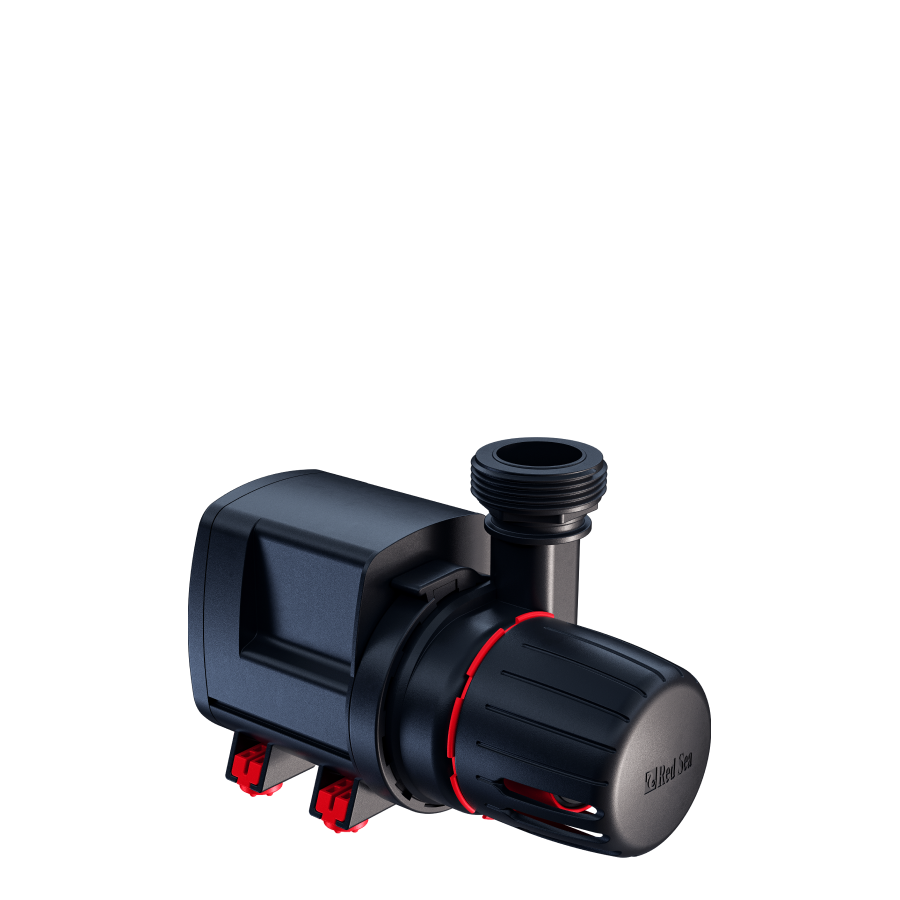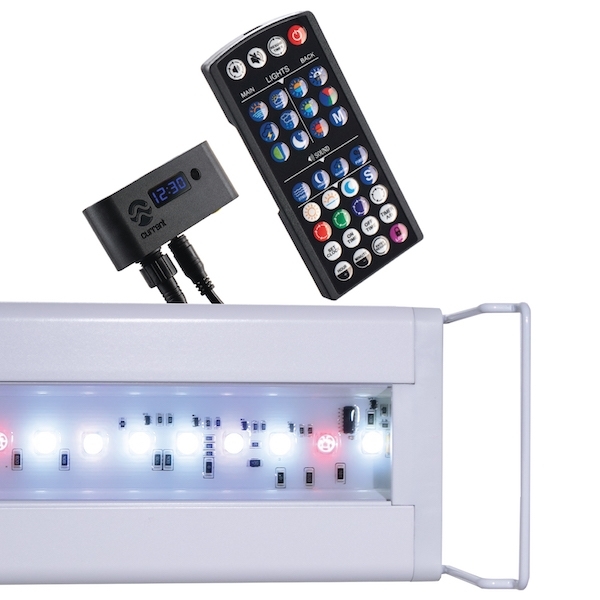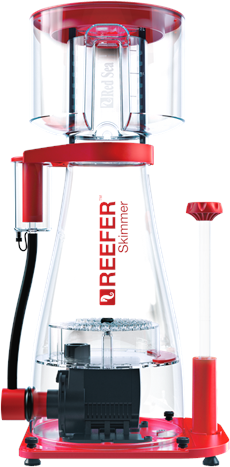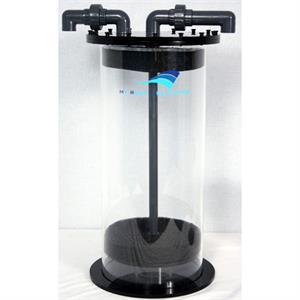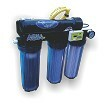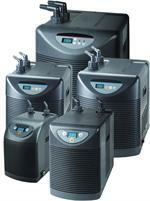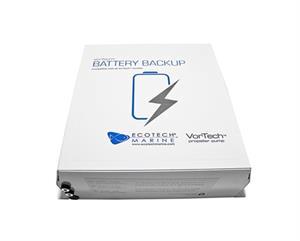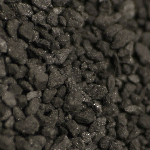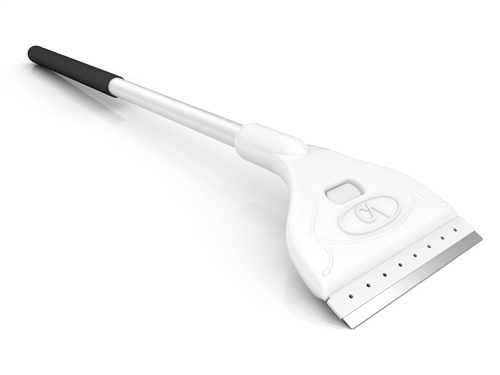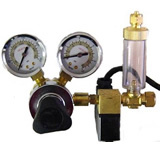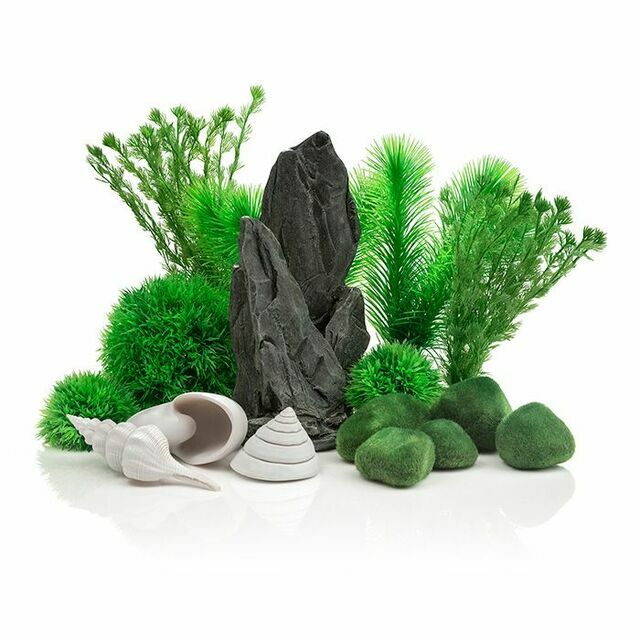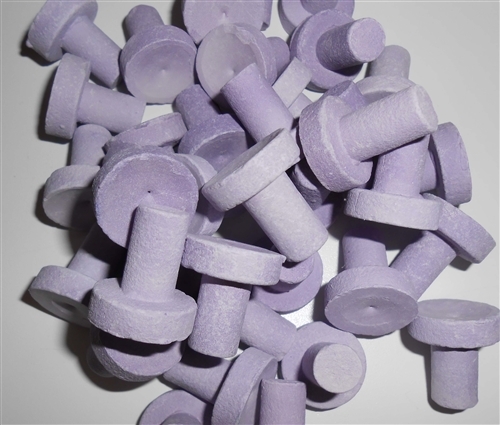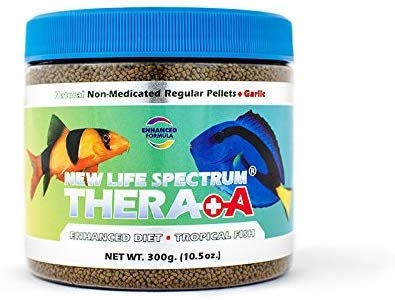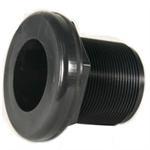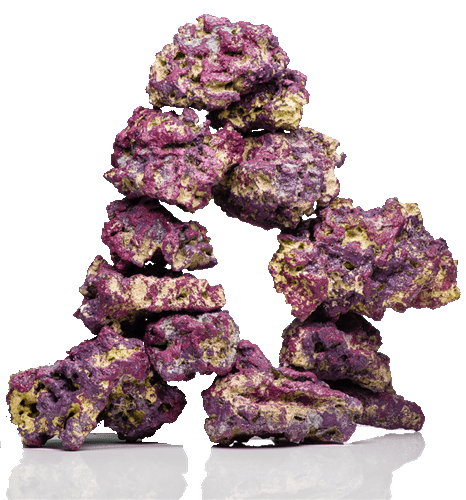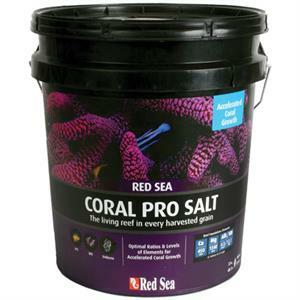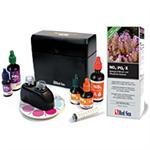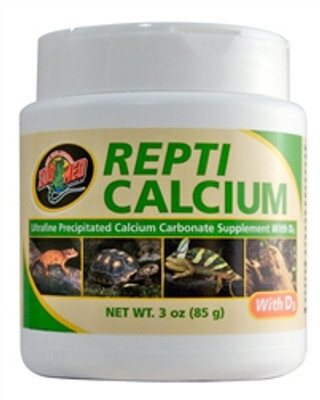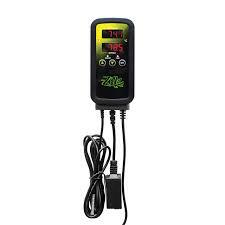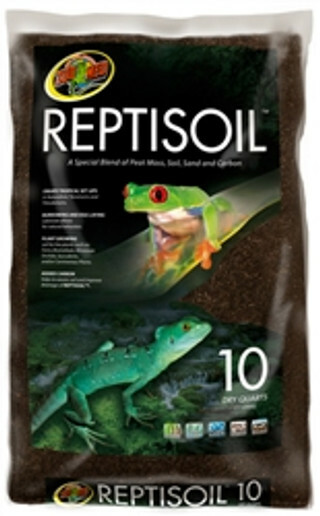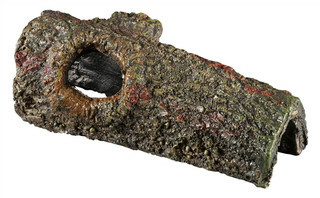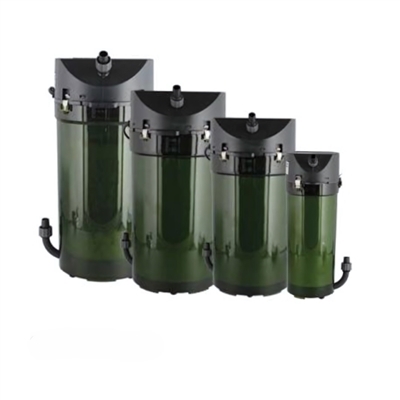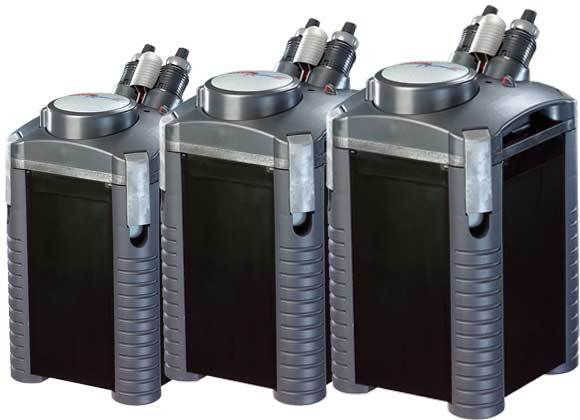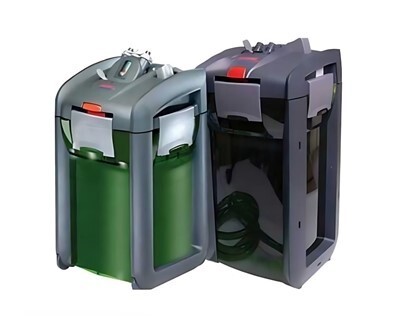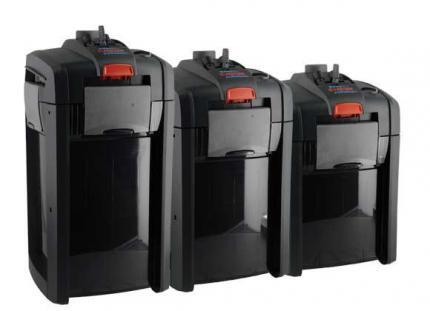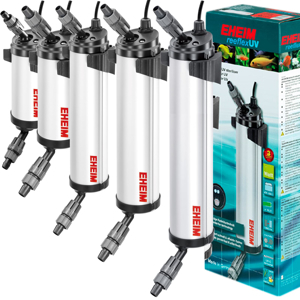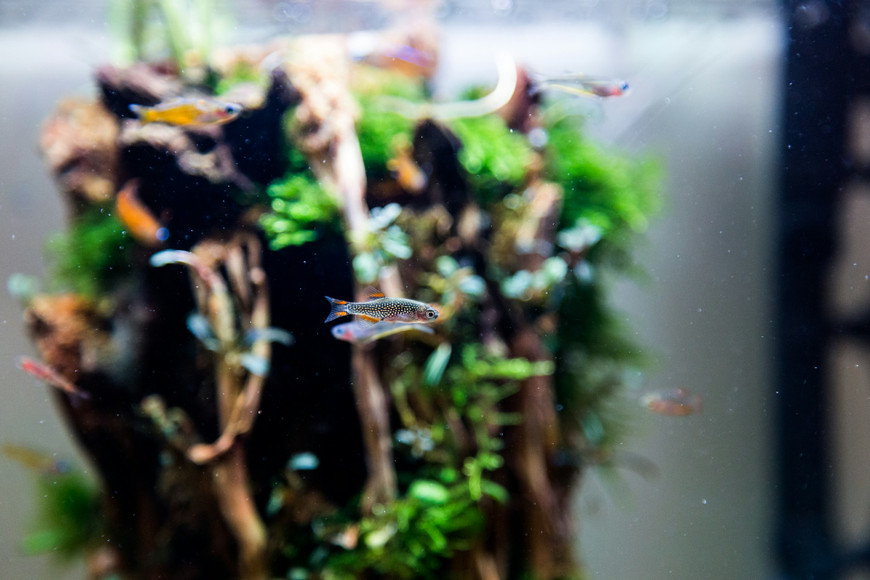The Art of Aquarium Temperature Control: A Guide to Aquarium Heaters for Fish Tanks
Fish Tanks Firect on Mar 27th 2024
Maintaining a stable and ideal water temperature is crucial for the well-being of your aquatic pets and the overall success of your aquarium. To ensure a healthy and thriving environment, it's necessary to invest in high-quality equipment, such as an aquarium heater, that offers consistent temperature control. Whether you're setting up a new home for tropical freshwater fish, or nurturing a complex coral reef ecosystem, understanding the fundamentals of aquarium heating can make all the difference in creating a stable and comfortable habitat for your underwater treasures.
In this inclusive guide, we aim to provide novice and experienced aquarists with a complete overview of aquarium heaters – exploring their importance, the various types available, and essential insights on selecting and maintaining the optimal heating solution for your freshwater or saltwater fish tank. Our mission is to empower you with the knowledge necessary to make informed decisions that support the flourishing of your aquatic residents while ensuring the longevity of your aquarium heating equipment.
1. The Importance of Aquarium Heaters and Temperature Stability
Aquarium heaters serve a critical function in stabilizing and maintaining an ideal water temperature for your aquatic inhabitants, as follows:
a. Health and Comfort: Fish, invertebrates, and aquatic plants are primarily inhabitants of stable ecosystems and may become stressed or develop health issues under unstable or unsuitable temperature conditions. By maintaining a consistent temperature, you minimize stress on your aquatic residents and promote their overall well-being.
b. Metabolism and Growth: Water temperature directly affects an aquatic organism's metabolism and growth rate. Aquarium heaters maintain the optimal temperature for fish and other aquatic species to thrive and grow at an optimum, healthy pace.
c. Preventing Disease: A stable and ideal temperature helps prevent the outbreak and spread of diseases by promoting healthy immune systems and discouraging the growth of pathogens.
2. Types of Aquarium Heaters and Their Applications
The market offers various aquarium heater types, each with their unique advantages and applications. Familiarize yourself with the following types of heaters:
a. Submersible Heaters: Submersible heaters are the most common type of aquarium heaters. They are designed to be completely submerged in the water and typically attach to the side of the tank via suction cups. They allow for precise temperature control and are available in varying wattages to accommodate different aquarium sizes.
b. Hang-On Heaters: Hang-on heaters, also known as non-submersible heaters, are hung on the rim of your aquarium and partially submerged. These heaters are typically more affordable, but they may not be as efficient as submersible heaters in maintaining consistent temperatures.
c. In-Line Heaters: In-line heaters are external devices connected to the outflow of an aquarium filter or a separate water pump. These heaters are ideal for large tanks, as they can heat water efficiently and consistently. However, they require additional plumbing and may be more expensive than their counterparts.
d. Heating Cables: Heating cables are placed beneath the substrate or gravel in your fish tank and radiate heat upwards. These heaters are often used in planted aquariums, as they promote root growth for aquatic plants while providing warmth for the tank's inhabitants.
3. Factors to Consider When Choosing an Aquarium Heater
When selecting the ideal heater for your fish tank, consider the following crucial factors:
a. Aquarium Size: Choose a heater with a wattage appropriate for your aquarium's size. A general guideline is to allocate 3-5 watts of heating power per gallon of water.
b. Temperature Stability: Opt for a heater with an accurate thermostat and the ability to maintain a consistent temperature.
c. Safety Features: Consider a heater with built-in safety features, such as auto-shutoff in the event of overheating or exposure to air.
d. Compatibility: Ensure the heater you choose is compatible with both your aquarium setup and the specific requirements of your aquatic inhabitants.
4. Maintaining Your Aquarium Heater for Optimal Performance
To guarantee the longevity and optimal performance of your heater, practice the following maintenance tips:
a. Regular Inspections: Periodically check your heater for signs of wear, damage, or water ingress, and replace the unit if any issues are detected.
b. Accurate Temperature Monitoring: Monitor your tank's water temperature with a reliable thermometer to verify that your heater maintains the desired temperature consistently.
c. Regular Cleaning: Unplug your heater and remove it from the tank for a gentle cleanse with a soft cloth, ensuring the removal of any algae or mineral deposits.
d. Proper Installation: Adhere to the manufacturer's guidelines for heater installation, including positioning, submersion depth, and orientation, to guarantee efficient heat distribution and minimize the likelihood of equipment failure.
Mastering the Art of Aquarium Heating
Aquarium heating and temperature stability are critical aspects of successful aquarium keeping. A properly selected and maintained heater ensures the health, comfort, and well-being of your entire aquatic ecosystem. By familiarizing yourself with the various types of heaters and understanding the factors that influence your choice of the ideal heating solution, you will create an exceptional and thriving habitat for your fish and aquatic species to flourish.
With the knowledge and confidence gained from this comprehensive guide, you are now well-equipped to venture into the world of aquarium heating and emerge with a mastery of the art, cultivating a warm and inviting environment for your underwater residents. For more insights on aquarium equipment, including filters, lighting, and decorations, get in touch with Fish Tanks Direct!

